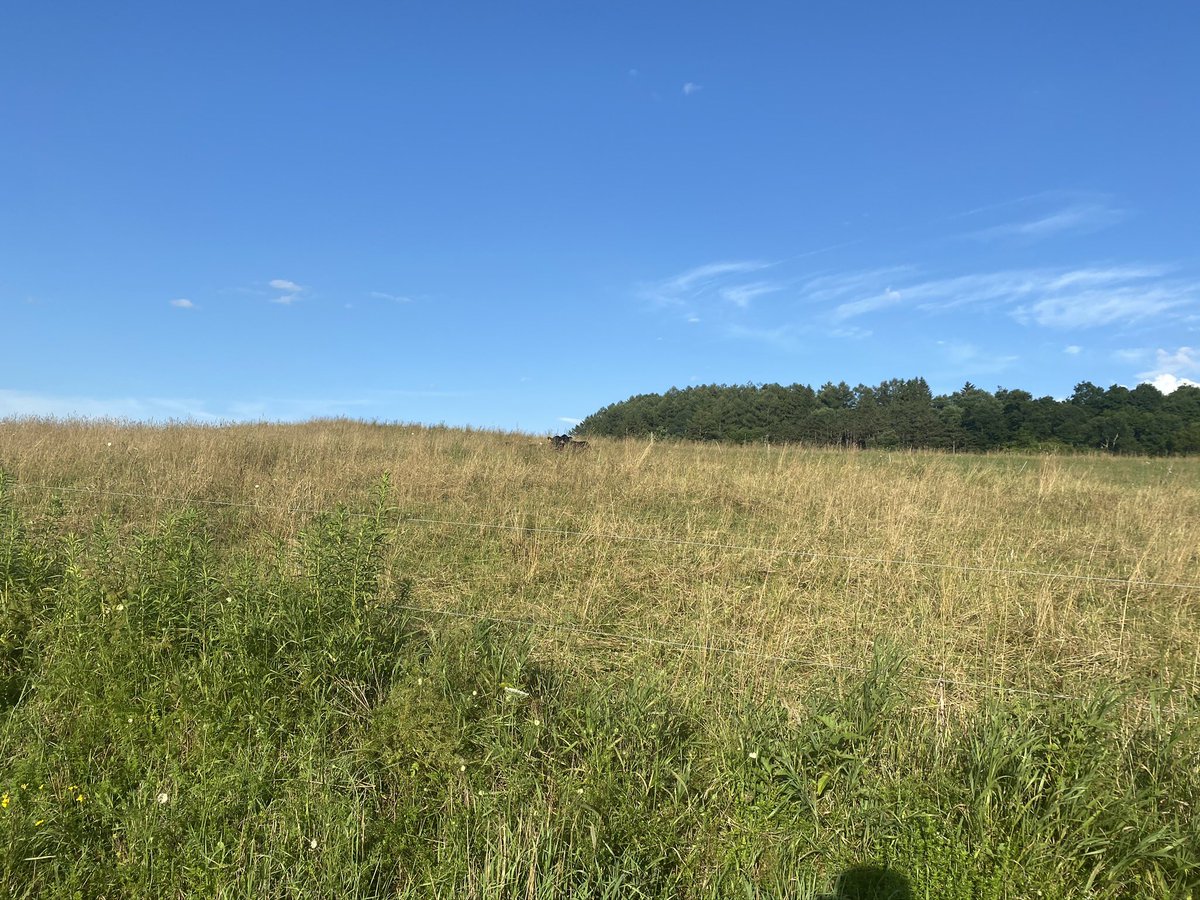Ruminants, whether wild or domestic, convert (or rather the microbes hanging out in their stomachs do) a fraction of the carbon in  into methane (CH4), a gas with a higher potential to trap heat in the earth’s atmosphere than carbon dioxide. But, methane is a short-lived gas. https://twitter.com/sostencarni/status/1285608305969319936
into methane (CH4), a gas with a higher potential to trap heat in the earth’s atmosphere than carbon dioxide. But, methane is a short-lived gas. https://twitter.com/sostencarni/status/1285608305969319936
 into methane (CH4), a gas with a higher potential to trap heat in the earth’s atmosphere than carbon dioxide. But, methane is a short-lived gas. https://twitter.com/sostencarni/status/1285608305969319936
into methane (CH4), a gas with a higher potential to trap heat in the earth’s atmosphere than carbon dioxide. But, methane is a short-lived gas. https://twitter.com/sostencarni/status/1285608305969319936
This article does a nice job explaining why short-lived “flow” gases like methane should be accounted for differently as compared to “stock” gases like carbon dioxide & nitrous oxide if we are to better link emissions to warming (what we care about): https://www.nbr.co.nz/article/why-methane-should-be-treated-differently-compared-long-lived-greenhouse-gases-ck-216381
Bigger context is understanding the tradeoff of CH4/benefits of ruminants. They allow us to access solar energy locked in cellulose, the most abundant organic compound on earth. Without them (or rather, their microbes) there’s no way to produce food from a landscape like this:
Why does that matter? Lands with perennial forage (e.g., grasses) will largely have more soil C storage capacity, store more water, improve water quality, in many cases, support more biodiversity, & have less erosion as compared to crop lands (especially w/o conservation tillage)
We need ruminants in agriculture. We need non-ruminants (

 ). We need crops that are incredibly efficient at converting sunlight to fungible calories (i.e.,
). We need crops that are incredibly efficient at converting sunlight to fungible calories (i.e.,  ). We need tree crops. We need vegetables. You get the picture: we need it all.
). We need tree crops. We need vegetables. You get the picture: we need it all.


 ). We need crops that are incredibly efficient at converting sunlight to fungible calories (i.e.,
). We need crops that are incredibly efficient at converting sunlight to fungible calories (i.e.,  ). We need tree crops. We need vegetables. You get the picture: we need it all.
). We need tree crops. We need vegetables. You get the picture: we need it all.
I think it’s very unfortunate if sustainability becomes a discussion of “one true way” to farm/ranch or “one diet to rule them all.” That framing is divorced from the real & wonderful diversity of landscapes and people & their cultures.

 Read on Twitter
Read on Twitter


